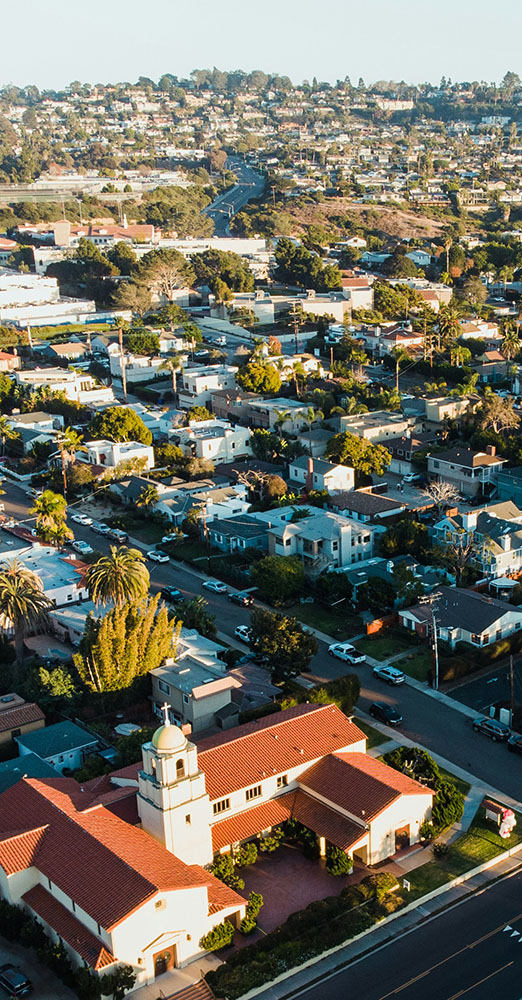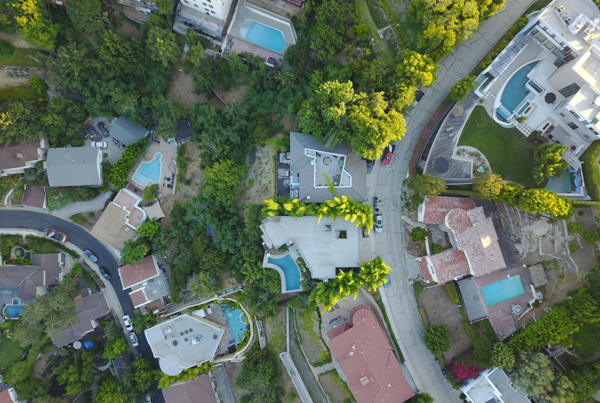Zoning ordinances limit land use and development activities on a specific property. Sometimes, though, landowners may want to pursue another activity that zoning laws would not allow. The solution, therefore, lies in acquiring a use variance. A use variance is a special permission the local zoning board grants for the non-permitted use of a property. This blog explores the meaning of a use variance, the criteria for obtaining the same, and its implications.
Explaining Use Variance
A use variance in New Jersey is an exception to the zoning laws that allow a property to be used in a way not authorized by the current zoning ordinance. This variance is significant to a property owner with unique circumstances that prevent them from using their property according to the existing zoning regulations.
Criteria for Obtaining a Use Variance
Obtaining a use variance is not a walk in the park. Most of the time, you must show that you meet some criteria the local zoning board needs. The applicant, however, must show the following:
Undue Hardship:
The property cannot be used for a permitted purpose without undue hardship. You must prove that the current zoning laws make the available land unequally burdensome or practically impossible for his purpose. The hardship has to be on his property rather than a general condition in the neighborhood.
Intent and Purpose of Zoning Plan:
To grant the variance shall not substantially impair the intent and purpose of the zoning plan and ordinance.
General Objectives:
The applicant shall demonstrate that the variance does not defeat the general purposes of this zoning plan, which include securing adequate light, air, and convenience of access to property, promoting orderliness in development, and protecting the community’s welfare.
Public Good:
The variance can be granted without substantial detriment to the public good. The proposed use shall be demonstrated so as not to harm the community or negatively affect adjacent properties. In arriving at this decision, the zoning board will consider factors such as traffic, noise, environmental effects, and neighborhood character.
Process of Getting a Use Variance
In New Jersey, the process of getting a use variance follows the following steps:
Application:
The property owner sends an application to the local zoning board explaining the use he intends to put the property into and why he needs a variance.
Public Hearing:
The application is scheduled for a public hearing whereby the applicant can show their case. During such a hearing, public members express their support or disapproval.
Board Decision:
Zoning board members take enough time to deliberate and decide based on the evidence heard. They check if there are any grounds to grant a variance.
Conditions and Approvals:
When granting the variance, the board may impose some conditions to mitigate the negative impacts. An owner is required to observe these conditions.
Need for Professional Help
Given the complexities involved in getting a use variance, it is highly recommended that a land use attorney or planning professional be sought for guidance. These professionals will help navigate the application process, gather necessary evidence, and represent the property owner at the public hearing.
Conclusion
A use variance in New Jersey embodies the most critical means at a property owner’s disposal, subject to distinctive adversity under today’s zoning regulations. Given that a property owner comprehends what to meet and how to proceed in winning a use variance, they will more competently travel through this sea of regulation with the ability to successfully arrive at their development destination. Whether faced with undue hardship or trying to match the project to meet the needs of a community, a use variance will allow gaining the flexibility needed to arrive at a positive result while preserving the local zoning plans in place.





